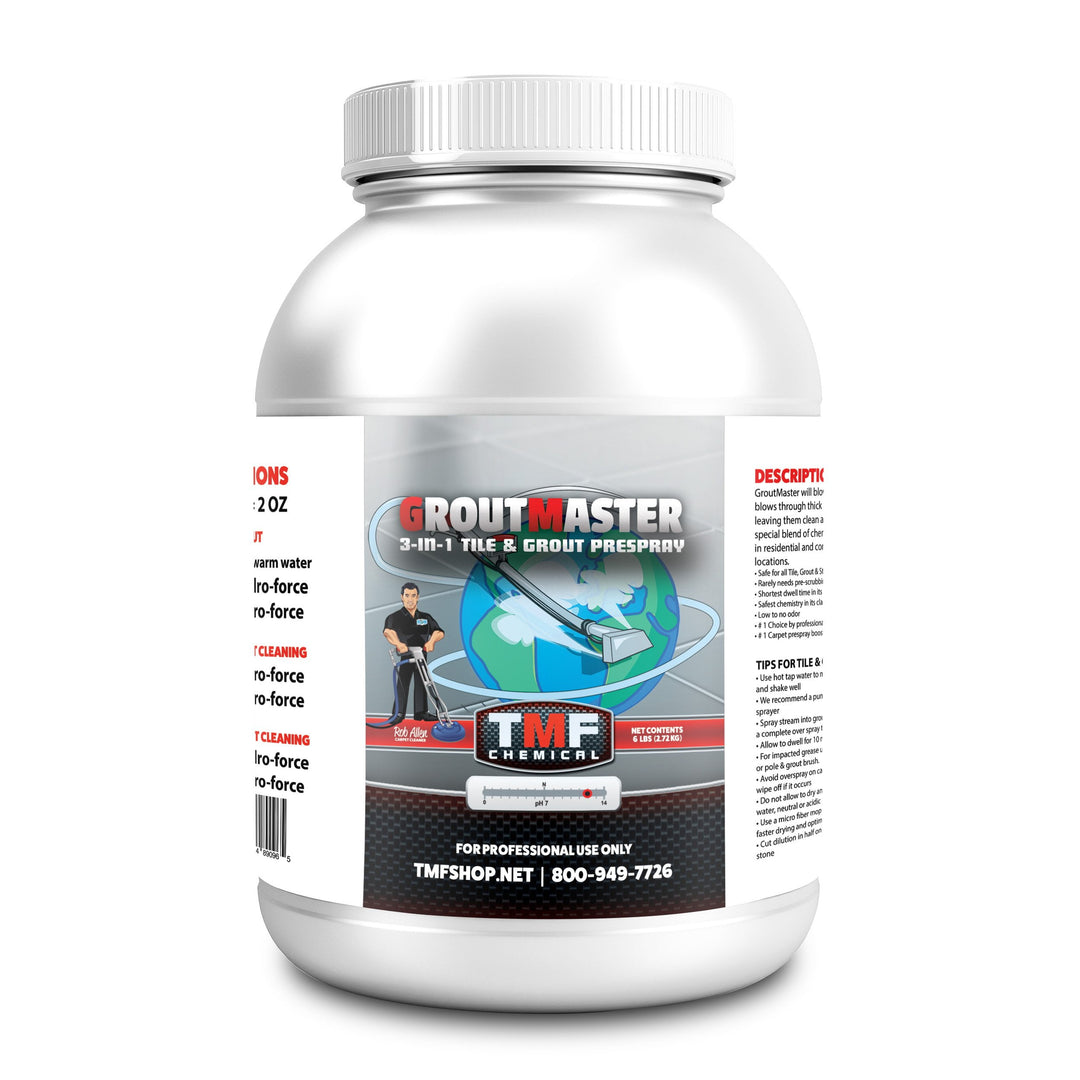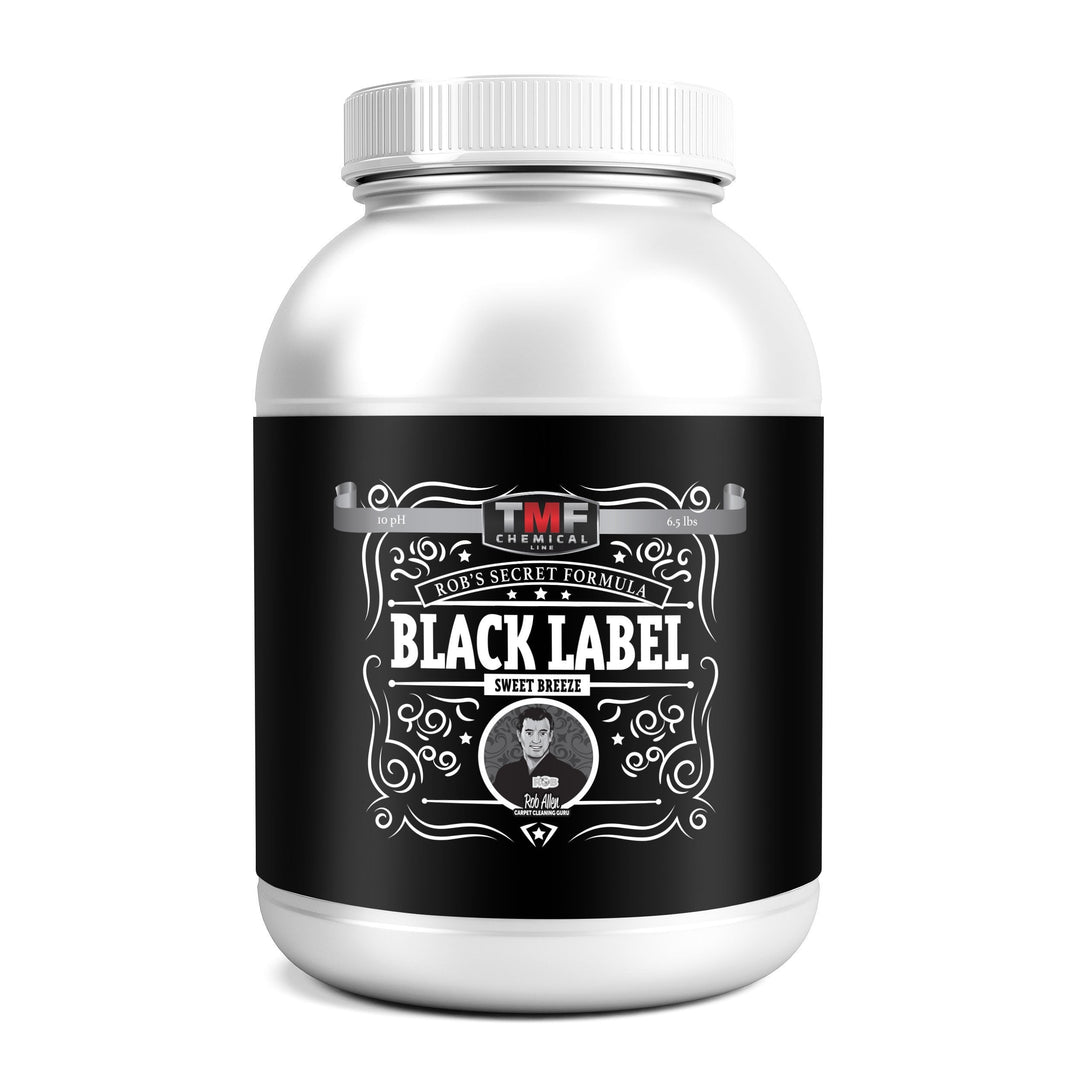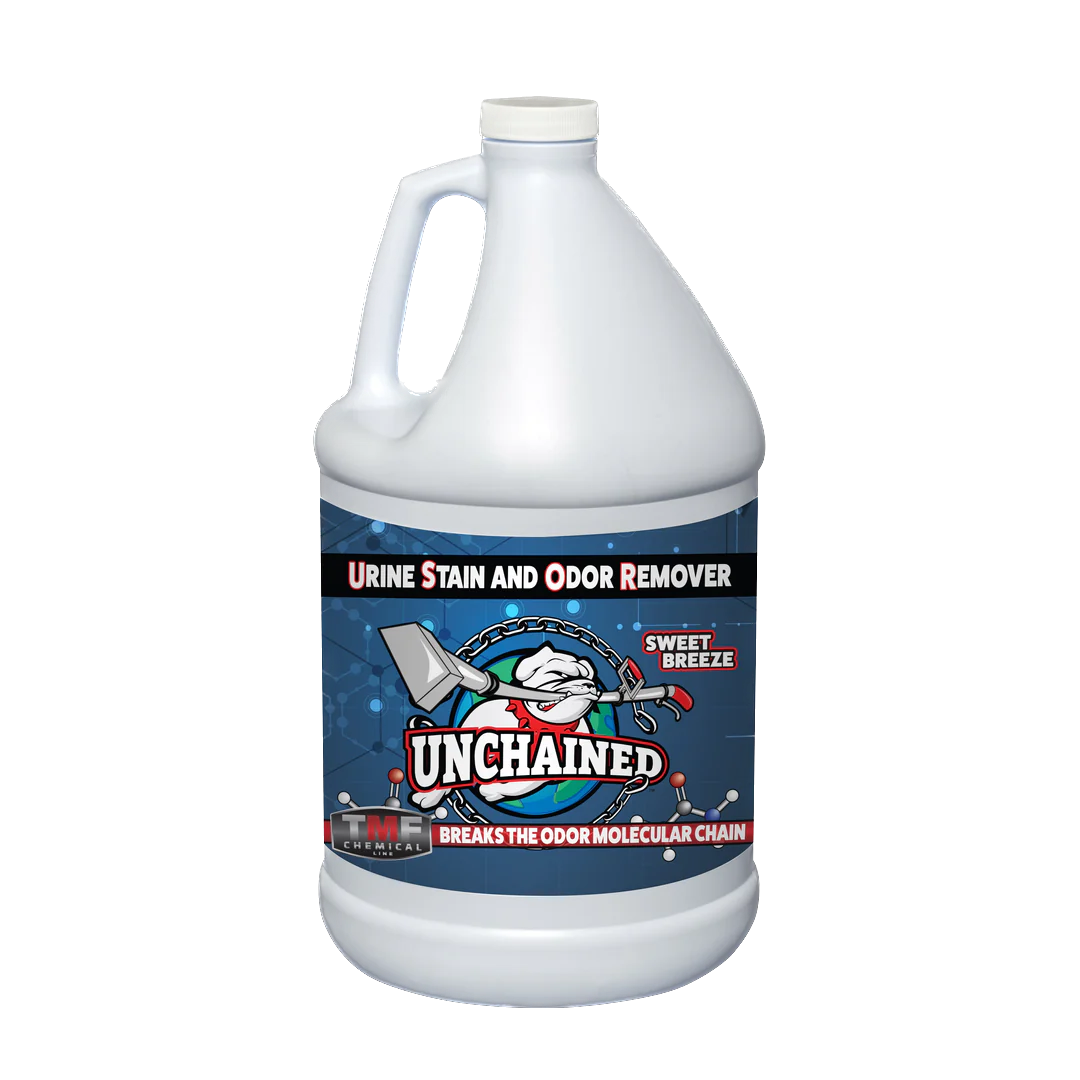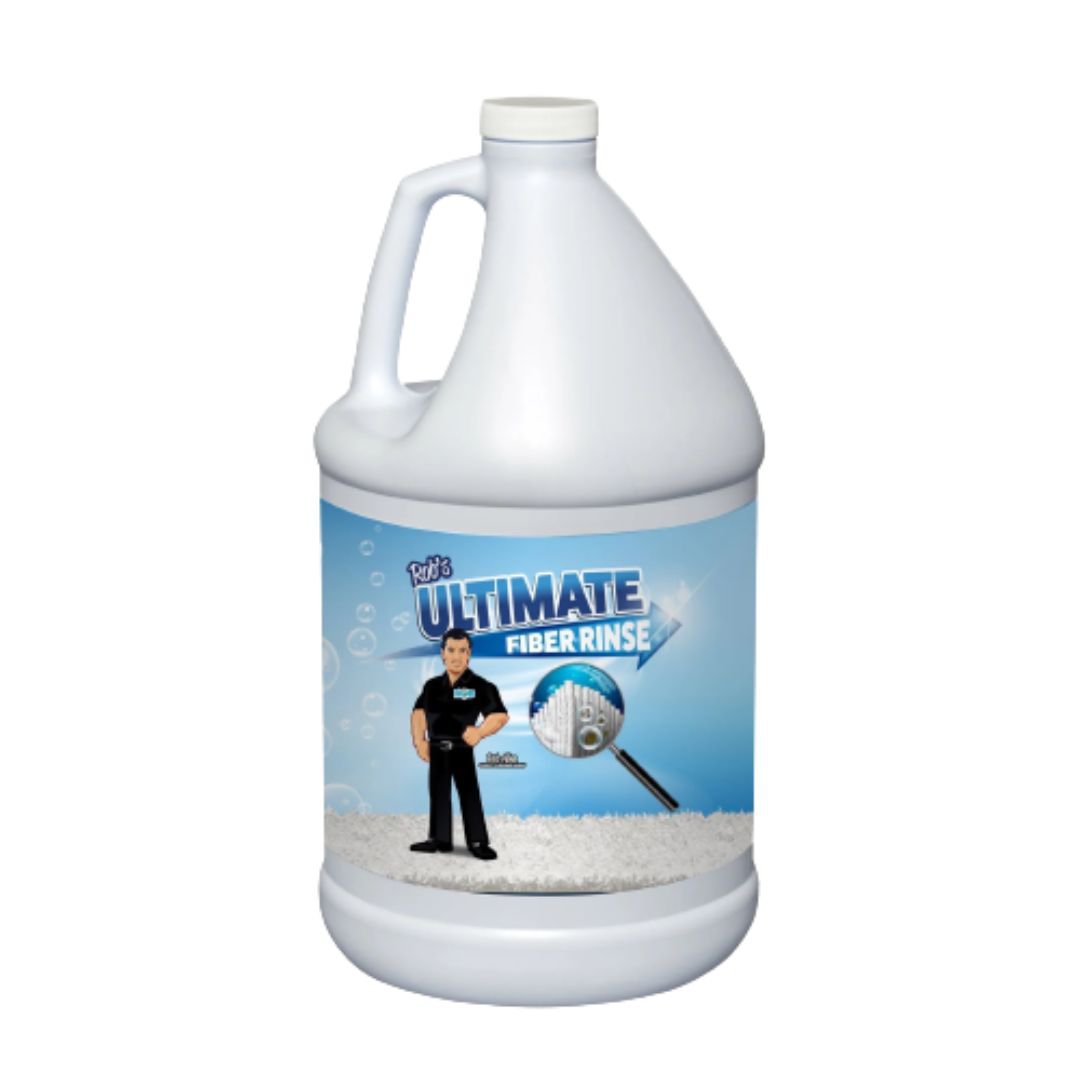How to Get Water Stains out of Wood in Minutes
If you have wood floors or furniture in your home, then you probably know that water stains can be a pretty common problem. If you don't deal with them, they can ruin how your wood surfaces look, and can even damage them in the long run.
Luckily, there are several good ways to get rid of water stains. And they're pretty easy.
Which is where we come in. In this article, we'll show you how to get water stains out of wood with easy-to-follow steps. Whether you're cleaning old wooden furniture or a brand-new floor, we've got you covered.
With our help, you won't have to look at those annoying water stains. Keep reading to find out how to get stains out of wood furniture and floors so they look brand new again in no time.
What this article covers:
- Understanding Water Stains on Wood
- Preparing for Cleaning
- Top Methods for Removing Water Stains from Wood
Understanding Water Stains on Wood
Types of Water Stains
There are many different kinds of water stains on wood. Each type has its own unique appearance and is caused by something different. Here are the three most common types of water stains on wood:
- White water stain - This kind of stain happens when water gets into the wood and traps air underneath it. The white color is caused by the light being reflected by the air bubbles.

- Black water stain - These stains are caused by prolonged exposure to water or moisture, which allows mold or mildew to grow on the wood surface. This kind of stain can be difficult to clean and may need a professional who knows how to get black stains out of wood.
- Dark water stain - These happen when water gets deep into the wood fibers. This is often caused by a spill that wasn't cleaned up right away. This kind of stain can damage the wood badly. We recommend fixing these right away to stop them from getting worse.
How Do Water Stains Form?
Wood is a porous material that can easily soak up water. When water gets into wood, it could discolor or warp it and do other kinds of damage. When you leave water to evaporate on wood, minerals often get left behind. This can also create water stains.

Because of this, they can be more common in garden furniture and you might need to clean your furniture more frequently.
It’s not just exposure to the elements to worry about if you have outside furniture. Plants can wreak havoc too, making it useful to know how to get berry stains out of wood at the same time.
If you don't address water stains quickly, they can do long-term damage to the wood. They can weaken the wood fibers, cause the wood to buckle or warp, and make it more likely to get moldy or rot. If you want to maintain the natural beauty and durability of your wood, it's vital to clean water stains right away.
Preparing for Cleaning
Before you start the cleaning process, you should take stock of the damage before deciding how to proceed. For example, you might need more aggressive treatment for black water stains than white water stains.
Once you know how bad the damage is, it's time to gather the necessary tools and supplies. Among them are:
- Soft cloths or sponges
- Distilled water
- White vinegar
- Baking soda
- Hydrogen peroxide
- Mineral spirits
- Fine steel wool
Once you have your supplies gathered, prep the wood before proceeding. Wipe away any dirt or dust on the wood surface with a clean, dry cloth. If the water stain is still wet, use a dry cloth to soak up as much moisture as you can. If the stain has already dried, wet a soft cloth with distilled water and gently wipe the stained area to help loosen any dirt or grime.
By doing this, you can ensure that any loose dirt is gone. This will help prevent any scratching to the surface when you're deep cleaning.
It's important to note that some types of wood finishes, such as wax or oil, might require specific methods. Always check what kind of finish you have before applying a cleaning solution.
In a similar way, the staining product also affects how you approach cleaning. What we mean by this is the method behind cleaning water stains is different from how to get oil marks out of wood or how to get alcohol stains out of wood.
By figuring out the severity of the damage, gathering the right supplies, and prepping the surface, you'll be ready to move on to the next section.
Top Methods for Removing Water Stains from Wood
Depending on the type of finish and stain, there are a few different options of cleaning methods to choose from. Here are the five most common ways:
Using Mayonnaise
- Apply a small amount of mayonnaise to the water stain.
- Let it sit for a few hours or overnight.
- Wipe away the mayonnaise with a soft cloth.
- Buff the surface with a clean, dry cloth to restore shine.

Advantages: Mayonnaise is a gentle and natural way to get rid of water stains on wood furniture and flooring. It's easy to use, and you don't need any special tools or supplies.
Disadvantages: It might not work on all kinds of water stains, and it can leave a greasy film behind if you don't clean it up correctly afterward.
Using Toothpaste
- Apply a small amount of toothpaste to the water stain.
- Rub gently with a soft cloth in a circular motion.
- Wipe away the toothpaste with a clean, damp cloth.
- Dry the surface with a clean, dry cloth.
Advantages: Toothpaste is an easy and cheap way to get rid of water stains on wood surfaces. It's readily available in most households and doesn't require any special tools.
Disadvantages: It may not be effective for deep or dark water stains, and it may scratch or damage certain types of wood finishes.
Using Baking Soda
- Mix baking soda and water to form a paste.
- Apply the paste to the water stain.
- Let it sit for a few hours or overnight.
- Wipe away the paste with a soft, damp cloth.
- Dry the surface with a clean, dry cloth.
Advantages: Baking soda is a natural way to get rid of water stains on wood furniture and flooring that works well. It's also safe for most types of wood finishes.
Disadvantages: You might need to repeat this method a few times for deep or dark water stains. It can also be a bit rough on the wood if you don't use it correctly.
Using Vinegar
- Mix equal parts of vinegar and olive oil.
- Apply the mixture to the water stain.
- Rub gently with a soft cloth in a circular motion.
- Wipe away the mixture with a clean, damp cloth.
- Dry the surface with a clean, dry cloth.
Advantages: Vinegar is a natural way to remove water stains. It's usually quite effective and is also safe for most wood finishes.
Disadvantages: Vinegar might not work on deep or dark water stains. It can also leave behind a strong smell that you may need to clean up later.

Using Bleach
- Mix bleach and water in a 1:10 ratio.
- Apply the mixture to the water stain.
- Let it sit for a few minutes.
- Wipe away the mixture with a clean, damp cloth.
- Dry the surface with a clean, dry cloth.
Advantages: Bleach is a strong and effective way to get rid of water stains on wood. It's also easy to get and can be found in most homes.
Disadvantages: Bleach can damage some kinds of wood finishes and you might need to use it with safety gear. You should use it carefully and only as a last resort for water stains that won't come out.
Using Professional Cleaning Products
For more stubborn water stains or for wood surfaces that require specialized care, using professional cleaning products may be necessary. Using a wood stain remover is generally best for dark stains.
- Identify the type of wood surface and choose the right product for the job based on the wooden furniture or floor that you have.
- Apply a small amount of the cleaning product to the water stain using a soft cloth or sponge.
- Gently rub the surface in a circular motion, paying close attention to the water stain.
- Let the cleaning product sit on the surface for the recommended amount of time, usually a few minutes.
- Wipe away the cleaning product with a clean, damp cloth.
- Dry the surface with a clean, dry cloth.
- Note: If the instructions on the bottle differ, always follow those.
Advantages: If you use professional cleaning products from TruckMountForums, you can be sure that they are high-quality. These products work well to get rid of tough water stains and are usually safe with most types of wood finishes.
Disadvantages: Using professional cleaning products may cost more money and take more time than using mayonnaise or toothpaste. But you usually get better, longer-lasting results.
Be sure to work with the wood grain rather than against it with any method.
By using one of these easy and effective methods, you'll have those water stains gone in minutes. Remember that different water stains may respond better to different methods. So it's always a good idea to test a small, unnoticeable area first.

Preventing Water Stains on Wood
The best way to avoid water damage to your wood surfaces is to prevent water stains altogether. Prevention is better than cure, after all. Here are some tips to help you do just that:
- Use coasters, mats, and tablecloths - Placing coasters under cups and glasses, and mats under vases and other decorative items. Use tablecloths over your wooden tables, and use carpets for high-traffic areas on floors.
- Clean up spills immediately - Promptly wiping up spills and moisture from your wood surfaces can prevent water from penetrating the surface and causing stains.
- Avoid long periods of water exposure - Don't leave wet or damp things on wood surfaces for long periods. This can cause water to seep into the fibers and stain the wood.
- Use protective coatings and sealants - Applying protective coatings and sealants to your wood surfaces can create a barrier that helps repel water and prevent water stains. These products can also make your wood look better and keep it from getting damaged in other ways.
Remember to also check the manufacturer's instructions for any cleaning or maintenance recommendations specific to the type of wood or finish you have.
Conclusion
While water stains aren't exactly pretty, they're not the end of the world.
By following our guide, you'll be able to restore the natural beauty of your wooden surfaces in no time. All it takes is understanding the type of stain, the severity of it, and figuring out which cleaning method is right for you.
And remember that prevention is better than cure. If you use protective coating and sealants and avoid exposing your wood to excess moisture, you can avoid water stains altogether.
So why wait? Head over to our store to find the best products and tools for restoring your wood floors and furniture. From carpet cleaning supplies to tools for cleaning wood, we've got you covered. Do something today and bring your wooden surfaces back to life.
Did you find our blog helpful? Then consider checking other guides:
- How to Remove Smoke Smell from Wood Furniture
- How to Remove Odors from Wood Furniture
- How to Get Blood out of Wood
- How to Get Grease out of Wood
- How to Get Ink out of Wood
- How to Remove Sticky Residue from Wood Furniture
- How to Remove Hand Oil from Wood Furniture
- How to Remove Paint Stains from Wood Furniture
- How to Clean Hardwood Floors
- How to Deep Clean Hardwood Floors
- How to Clean Engineered Hardwood Floors
- Best Mop to Clean Hardwood Floors
- How to Clean Grease off Hardwood Floors
- How to Get Rid of Slick Spot-on Hardwood Floor
- How to Remove Water Stain from Wood Floor












